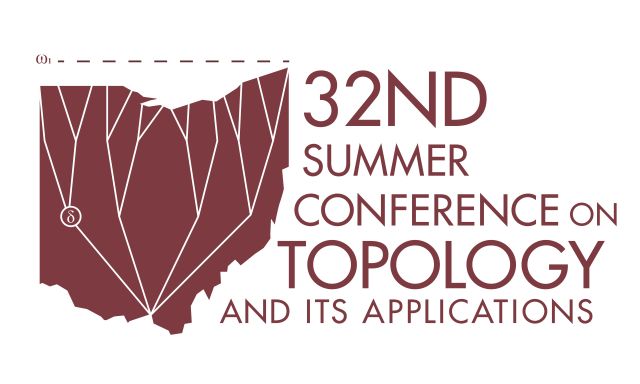Document Type
Topology + Geometry
Publication Date
6-2017
Publication Source
32nd Summer Conference on Topology and Its Applications
Abstract
An interplay between algebra and topology goes in many ways. Given a space X, we can study its homology and homotopy groups. In the other direction, given a group G, we can form its Eilenberg-Maclane space K(G, 1). It is natural to wish that it is `small' in some sense. If K(G, 1) space has n-skeleton with finitely many cells, then G is said to have type Fn. Such groups act naturally on the cellular chain complex of the universal cover for K(G, 1), which has finitely generated free modules in all dimensions up to n. On the other hand, if the group ring ZG has a projective resolution (Pi) of length n where each module Pi is finitely generated, then G is said to have type FPn. There have been many intriguing questions on whether classes Fn and FPn are different, and some of them are still open. Bestvina and Brady gave first examples of groups of type FP2 which are not finitely presentable (i.e. not of type F2). In his recent paper, Ian Leary has produced uncountably many of such groups. Using Bowditch's concept of taut loops in Cayley graphs, we show that Ian Leary's groups actually form uncountably many classes up to quasi-isometry.
Copyright
Copyright © 2017, the Authors
eCommons Citation
Soroko, Ignat; Kropholler, Robert; and Leary, Ian, "Uncountably Many Quasi-Isometry Classes of Groups of Type FP" (2017). Summer Conference on Topology and Its Applications. 25.
https://ecommons.udayton.edu/topology_conf/25




Comments
This document is available for download with the permission of the presenting author and the organizers of the conference. Permission documentation is on file.
Technological limitations may prevent some mathematical symbols and functions from displaying correctly in this record’s metadata fields. Please refer to the attached PDF for the correct display.